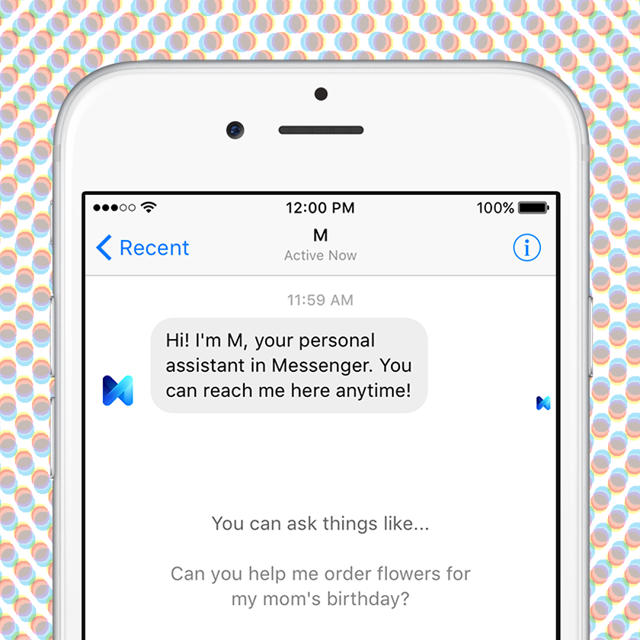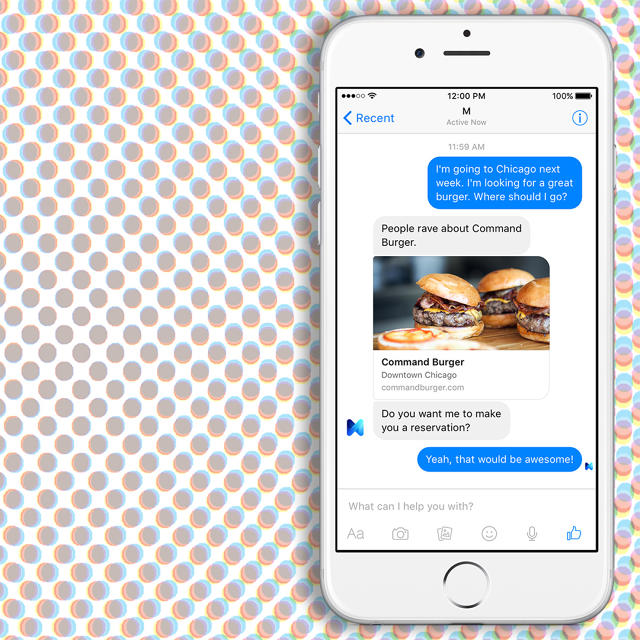the following segment Of UX: Designing Chatbot Personalities
When the dialog is the interface, expertise design is all about crafting the right phrases 7:00 AM
you could have heard that “conversational interfaces” are the brand new hotness in digital product design. Why open and shut a bunch of apps in your cellphone to get stuff carried out when which you can invoke a text-message-like window and simply say what you need carried out to a chatbot? smartly, here’s one motive: what if the bot is tense or tedious to talk to? In conversational UIs, personality is the brand new UX.
“we would like people to revel in dealing with our tool, but now we now have a very restricted palette with which to design the expertise,” says Ben Brown, co-founder of whats up, a “digital coworker” chatbot that runs throughout the place of job conversation device Slack and automates issues like project-standing meetings and taking lunch orders. “It’s virtually the final word challenge for digital design, as a result of usually, you don’t have keep watch over of what it looks like at all. how will you boil your entire app expertise down into two strains of textual content? There’s nothing else on the monitor however that.”
The technical effort of getting a bot up and working is already beginning to get abstracted away. (hi there simply launched Botkit, a library of “constructing blocks for constructing Slack bots.”) What’s left is determining how the thing goes to behave in an actual-time conversation—in other words, its character. the place does a designer even begin?

First, rethink “designer”
When pushing pixels now not matters, the elemental ability requirements for designing a bot develop into radically totally different. It’s no twist of fate that both hello and X.ai—a startup whose bot intelligently schedules conferences by way of e mail—every hired writers with performing-arts backgrounds to help define the UX of their products. howdy, whose bot impacts a casual and evenly irreverent tone (very similar to that of Slack itself), has novelist/satirist/former-improv-comic Neal Pollack on the product-design payroll. Anna Kelsey, who was once employed right out of Harvard as X.ai’s first “AI interplay dressmaker,” studied folklore mythology and directed theater. “the entire idea of creating a personality, and considering very technically about the way specific words or groupings of phrases could make people react and reply, is something I thought of at all times in college,” Kelsey says.
Authors and performers have been conjuring up convincing artificial personalities for millennia, so it is sensible that they’d be on the vanguard of designing this new kind of device interaction. but this new breed of UX design received’t be exclusively the domain of artsy varieties. “bring to mind the person who is writing the micro-reproduction around types on a website,” hiya’s Brown says. “hastily they’re the king, as a result of it’s nothing however microcopy now. That little kind validation error message, or no matter, is now the whole and total sum of your model’s illustration [in this interface].”

imagine the metaphor
So if bots and AIs are things that we discuss to as an alternative of “use,” what precisely are we talking to? This controlling metaphor is as basic to a a hit UX as the perception of a “personal computer” is to the graphical user interface. Is the agent on the other end of a conversational UI supposed to be like HAL from 2001 or Samantha from Her—a disembodied-however-humanoid, quasi-omniscient, personalized god in a field? Or is it speculated to be more like R2-D2, or an extra-smart Roomba—dogged and resourceful within its limited domain, however nothing more?
The metaphor matters as a result of it units expectations. fb’s M, as an example—a non-public-assistant chatbot that lives inside facebook’s Messenger app—wants you to deal with it like a digital genie that may do anything from reserving a desk to buying a automotive. “We don’t want to restrict people from the forms of things that they ask at this level,” says Jeremy Goldberg, a product clothier on the M staff. “it may be incredibly private for folk, and we want them to build a relationship with it.”
Unsurprisingly, M’s persona skews extra towards “god in a box” mode: warmer than HAL (and not more prone to flip homicidal, one assumes), but now not as richly personalised as Samantha (you’re unlikely to turn into infatuated with something that has a neutered phonetic symbol for a reputation). fb’s apparent dedication to making a genie-like UX is so strict that Goldberg wouldn’t describe how M responds when it can’t do one thing. It’s literally a yes-man, and acts the section—with human help, for now.
hi there’s metaphor takes the alternative manner. “We in reality see howdy as an astro-mech droid [from superstar Wars],” Brown says. “R2-D2 is Luke Skywalker’s droid, but which you could have your own—each with its personal quirks and unique issues that it’s discovered and also you’ve taught it.” To wit, Brown and his workforce have crafted a persona that’s partway between R2-D2 and TARS, the monolith-shaped robot from Interstellar. “A core component to our bot’s character is that this self-deprecating thought of, ‘There are a lot of things which might be over my head,’” Brown explains. “If it doesn’t understand or isn’t capable of one thing, it’ll simply say so. ‘I’m just a bot, I don’t even have fingers’—that kind of factor.” (Brown is planning to implement a strategy to adjust the bot’s ‘humor atmosphere,’ identical to Matthew McConaughey does to TARS in the film.)

When in doubt, tread with warning
regardless of the guiding metaphor in the back of a bot’s character, the fundamental patterns that govern its interactivity are nonetheless being labored out. nonetheless, the oldsters within the trenches have discovered some shocking issues to keep away from. Ben Brown had to outlaw hey’s bots from asking rhetorical questions, “because folks are expecting to respond to them, even supposing the bot was just being polite,” he says. “you can never just stick a kind in your internet web page and not are expecting folks to kind into it.”
X.ai’s assembly scheduling bot (named Amy or Andrew relying in your preference), in the meantime, isn’t allowed to use any gendered pronouns. “You don’t need to burn a bridge with somebody by means of calling them a he when you’re talking to a lady, or vice versa,” Anna Kelsey says.
and of course, it’s always important to have a constructed-in kill switch for the conversation. speaking rudely to Amy/Andrew or hello (e.g., “shut up”) will cause every bot to courteously withdraw from additional conversation. but if this new breed of UX clothier is doing his or her job right, you won’t need to pull the plug. “folks love messing with robots, however then again, people constantly ship nice notes to Amy,” Kelsey says. “The device have to be doing a just right job, as a result of individuals realize it’s a robot, however still feel the wish to say ‘thanks.’”
[Top Photo: Hero Images/Getty Images. Other Images: Facebook]
fast company , read Full Story
(69)









